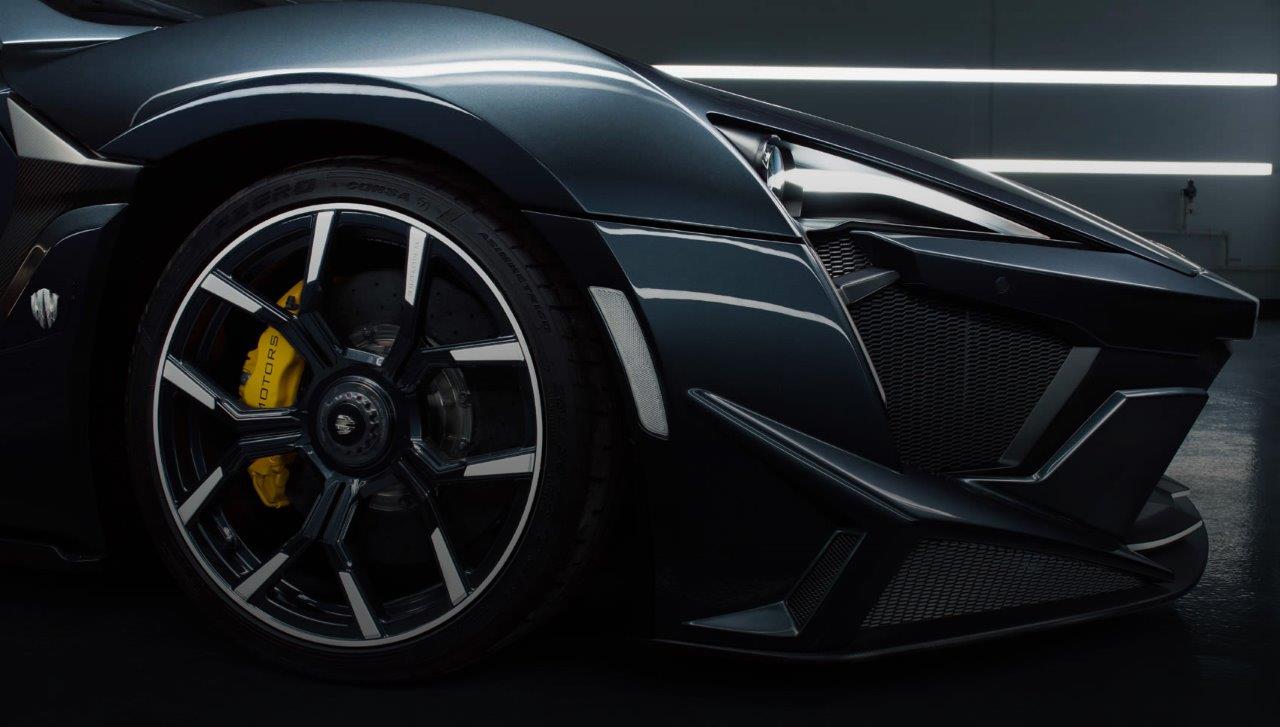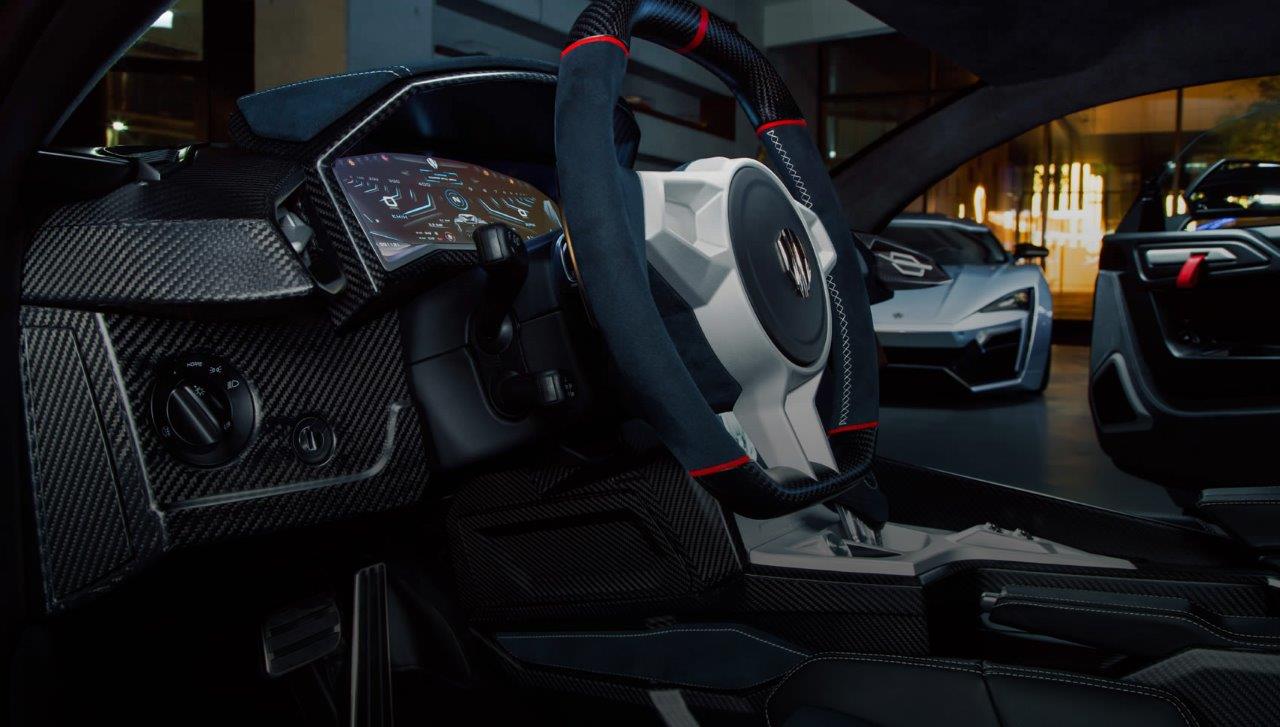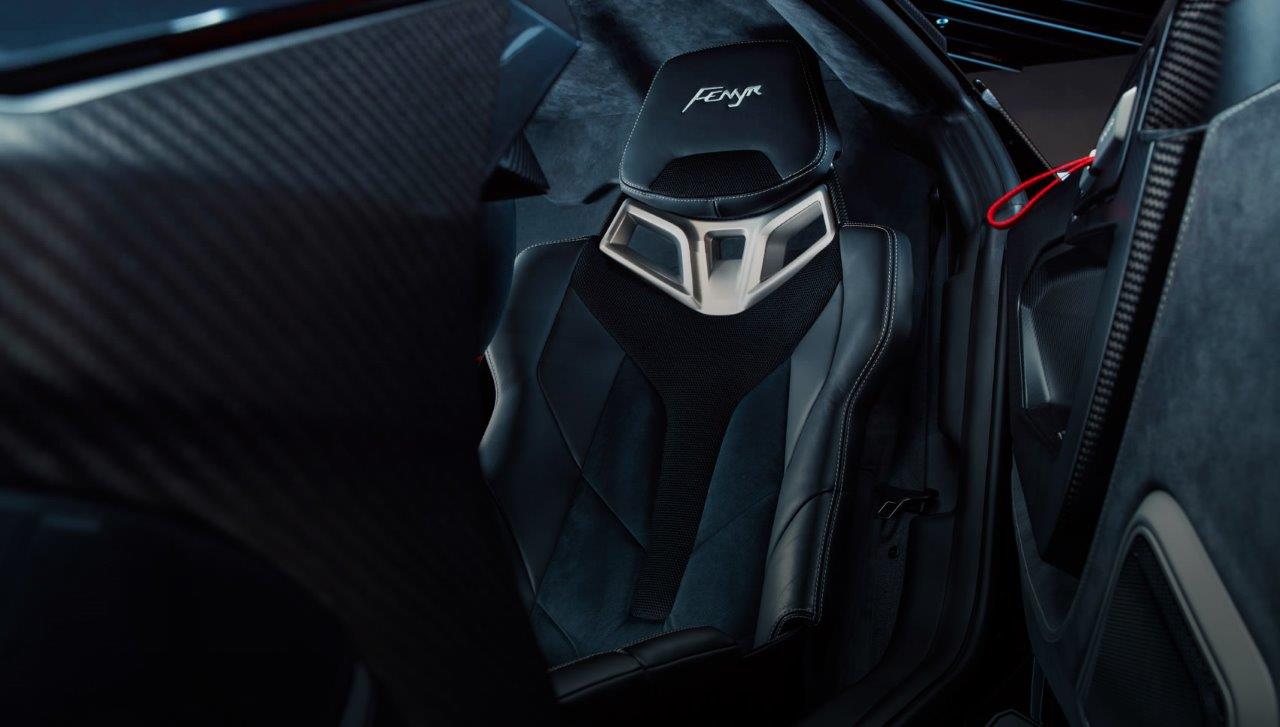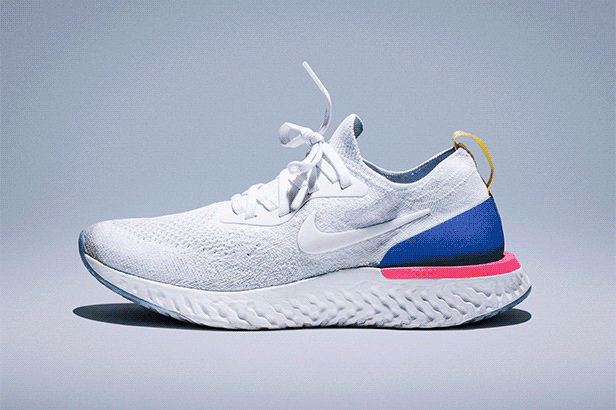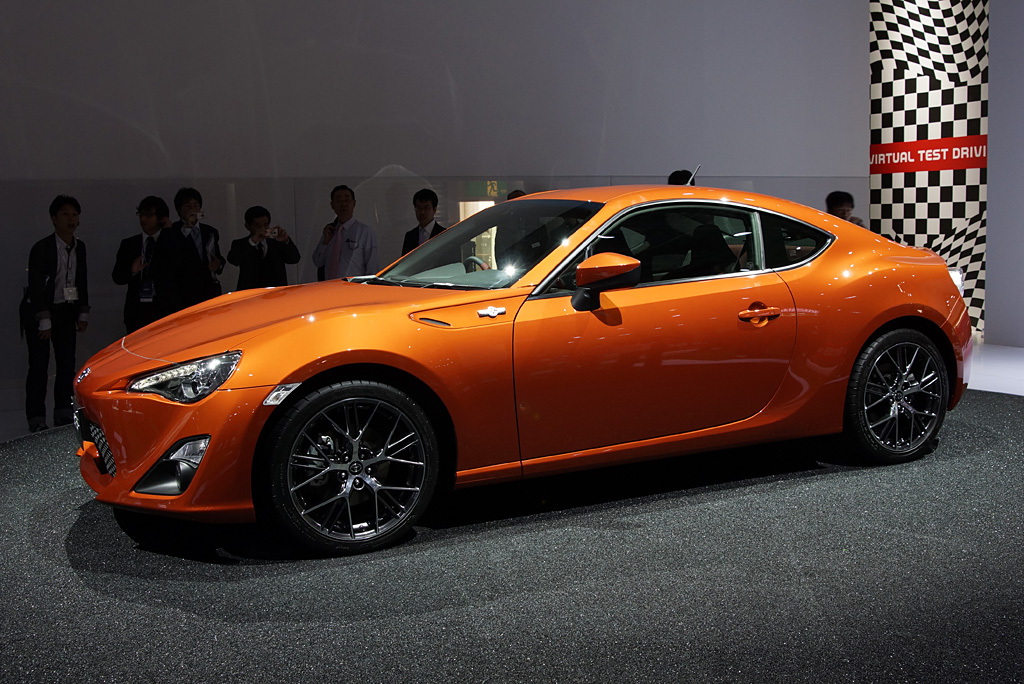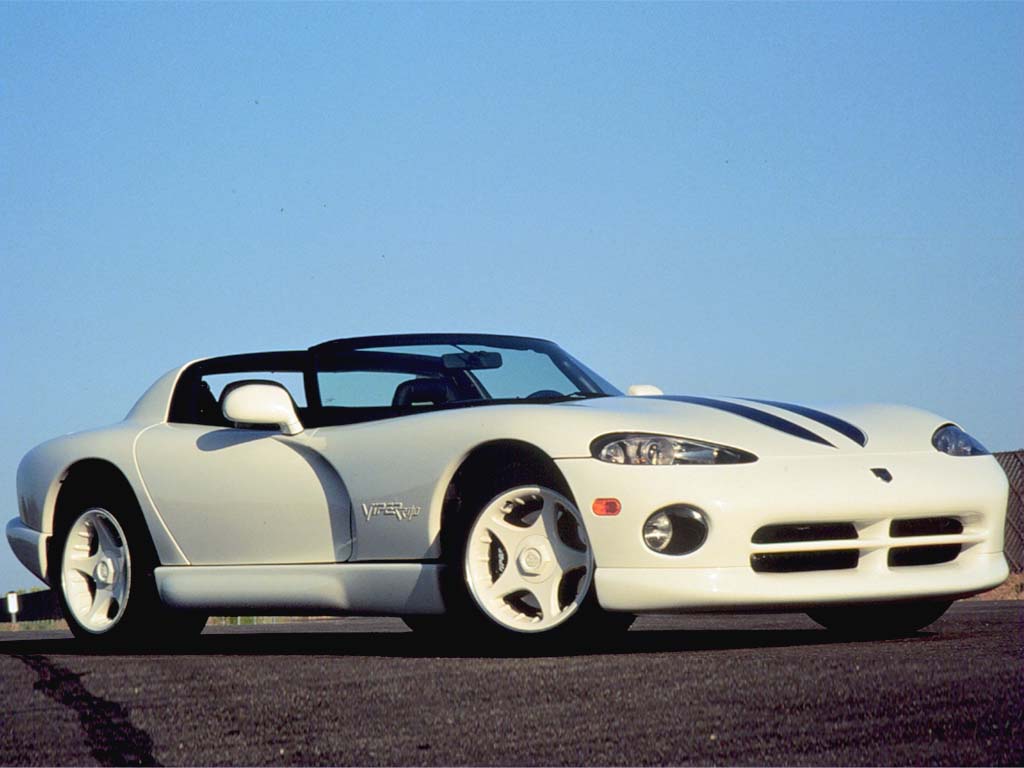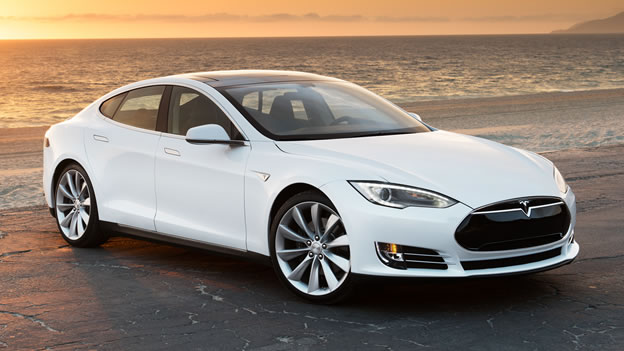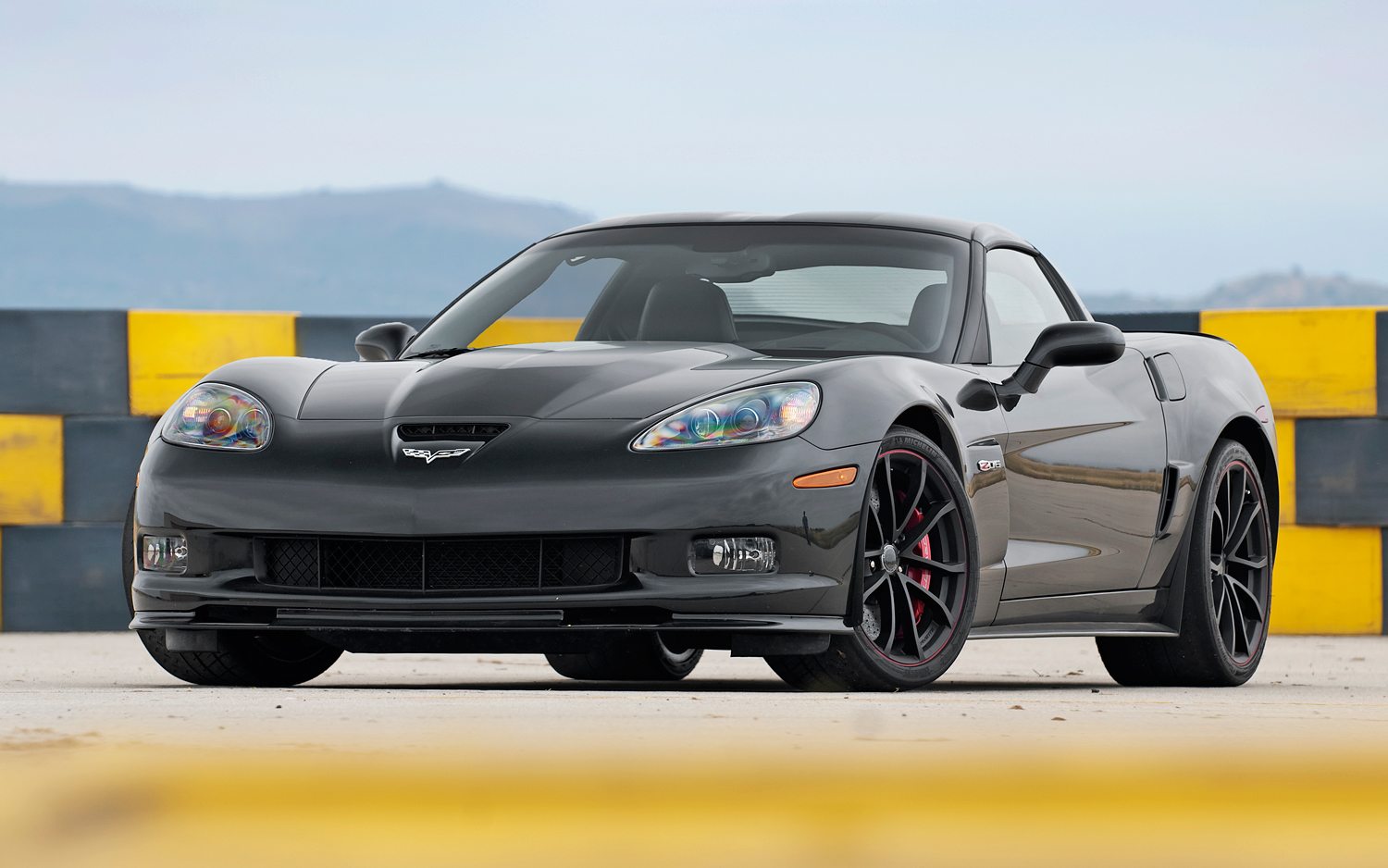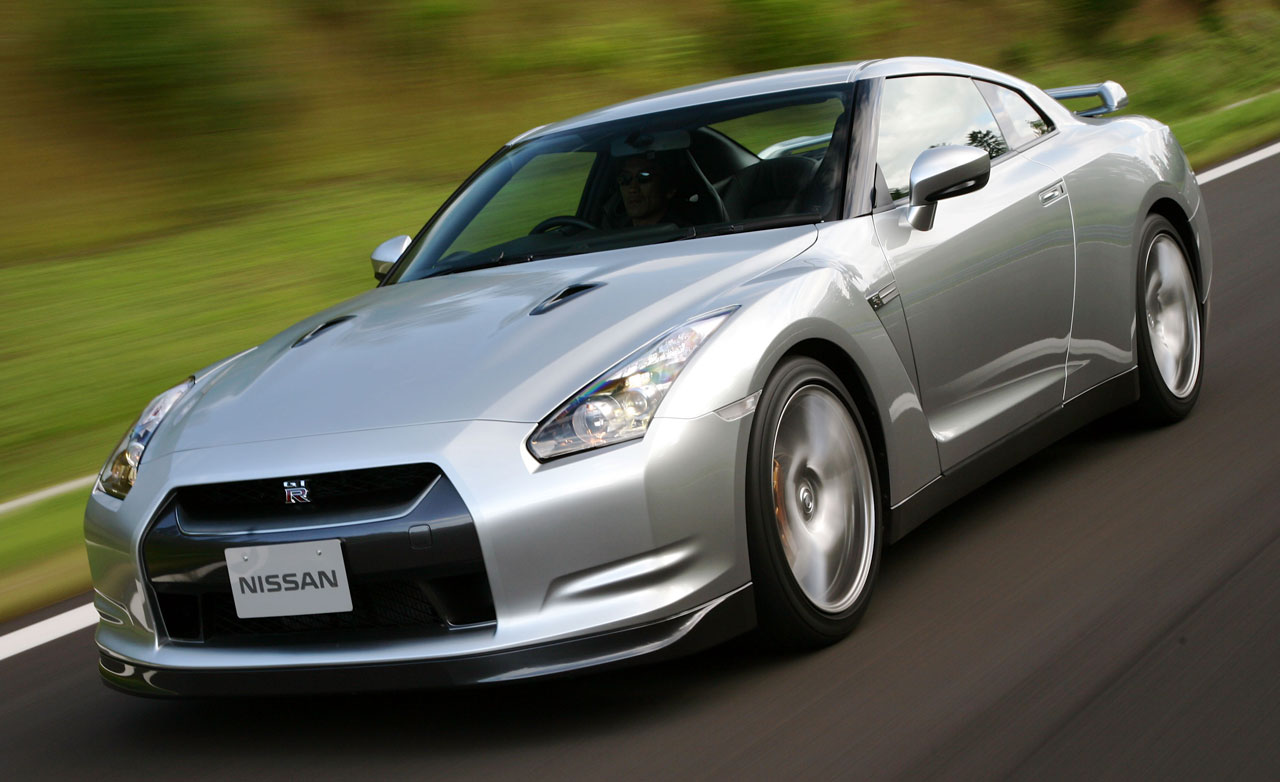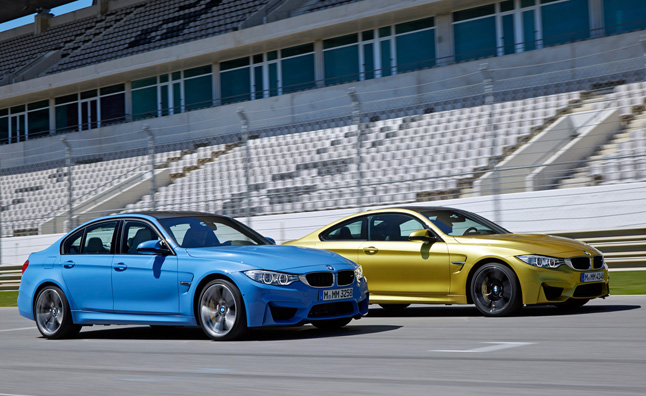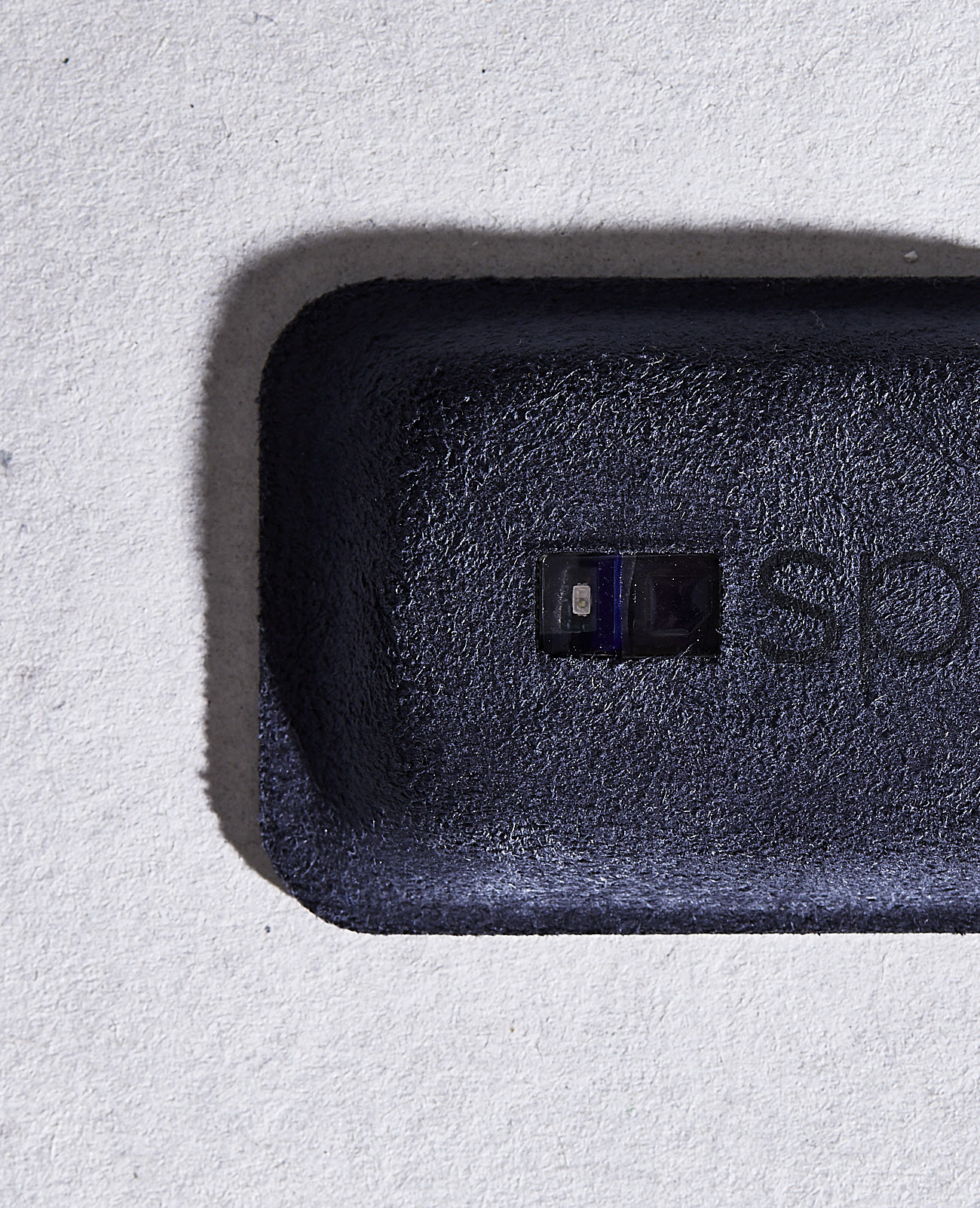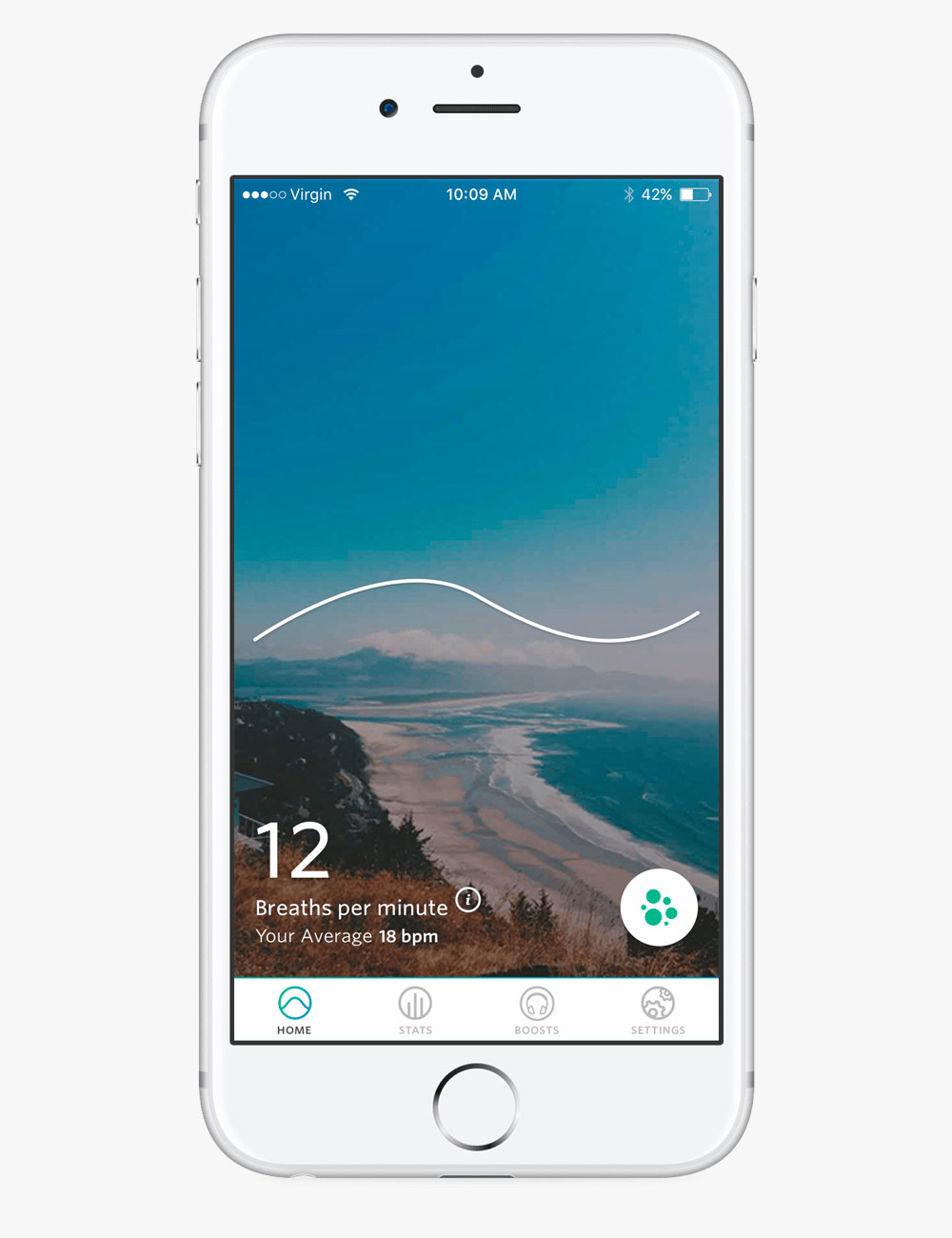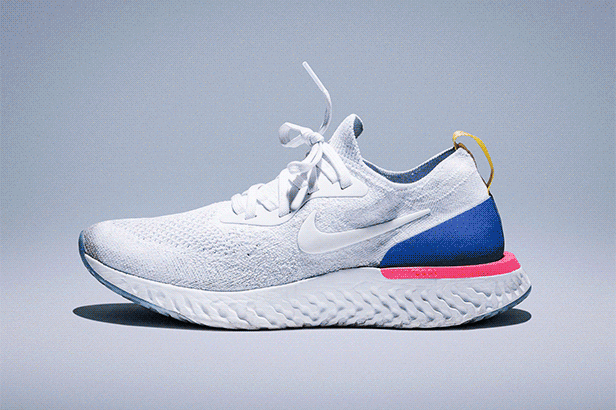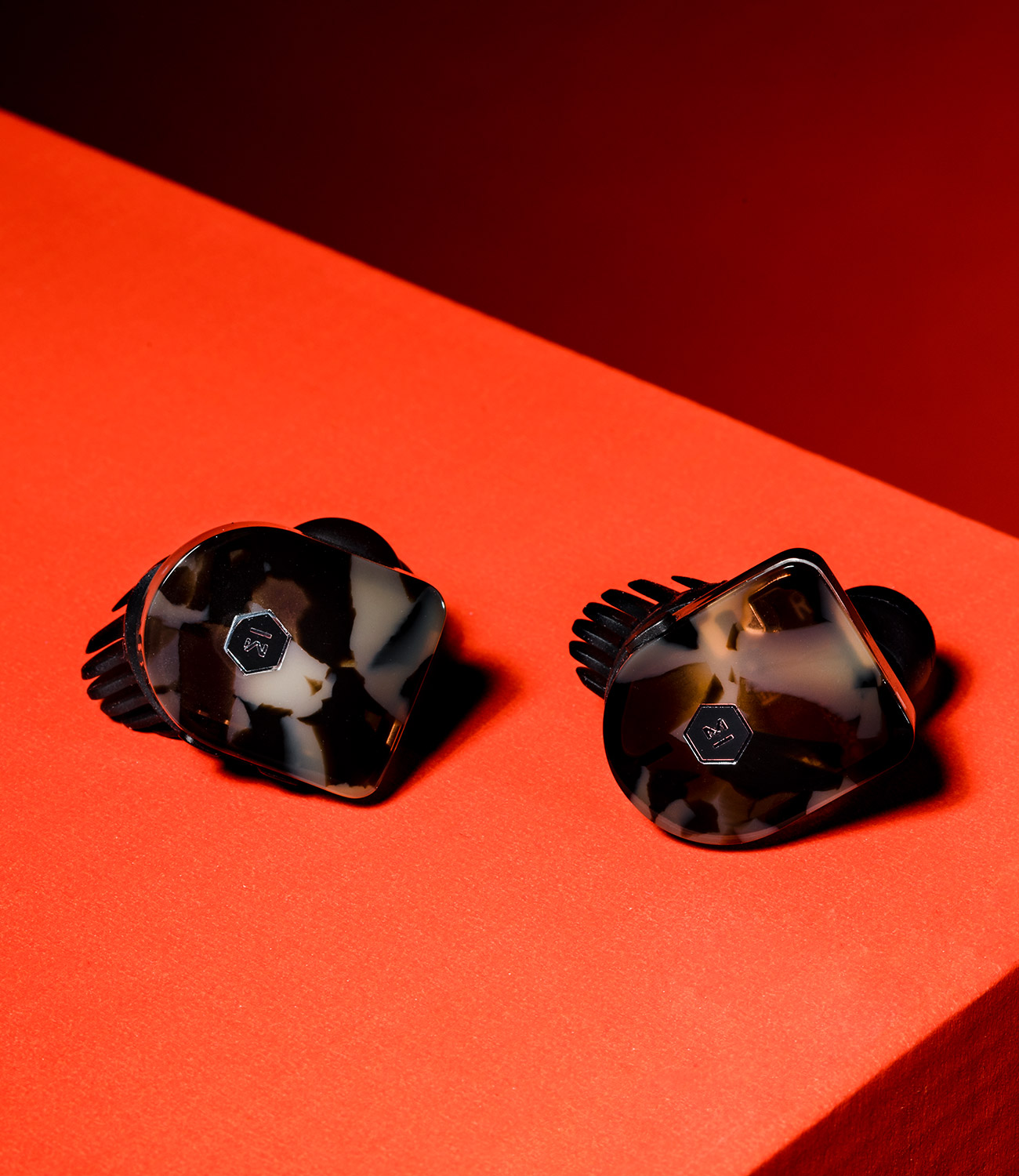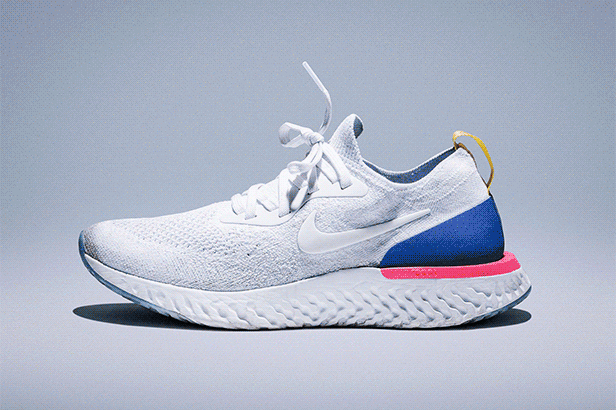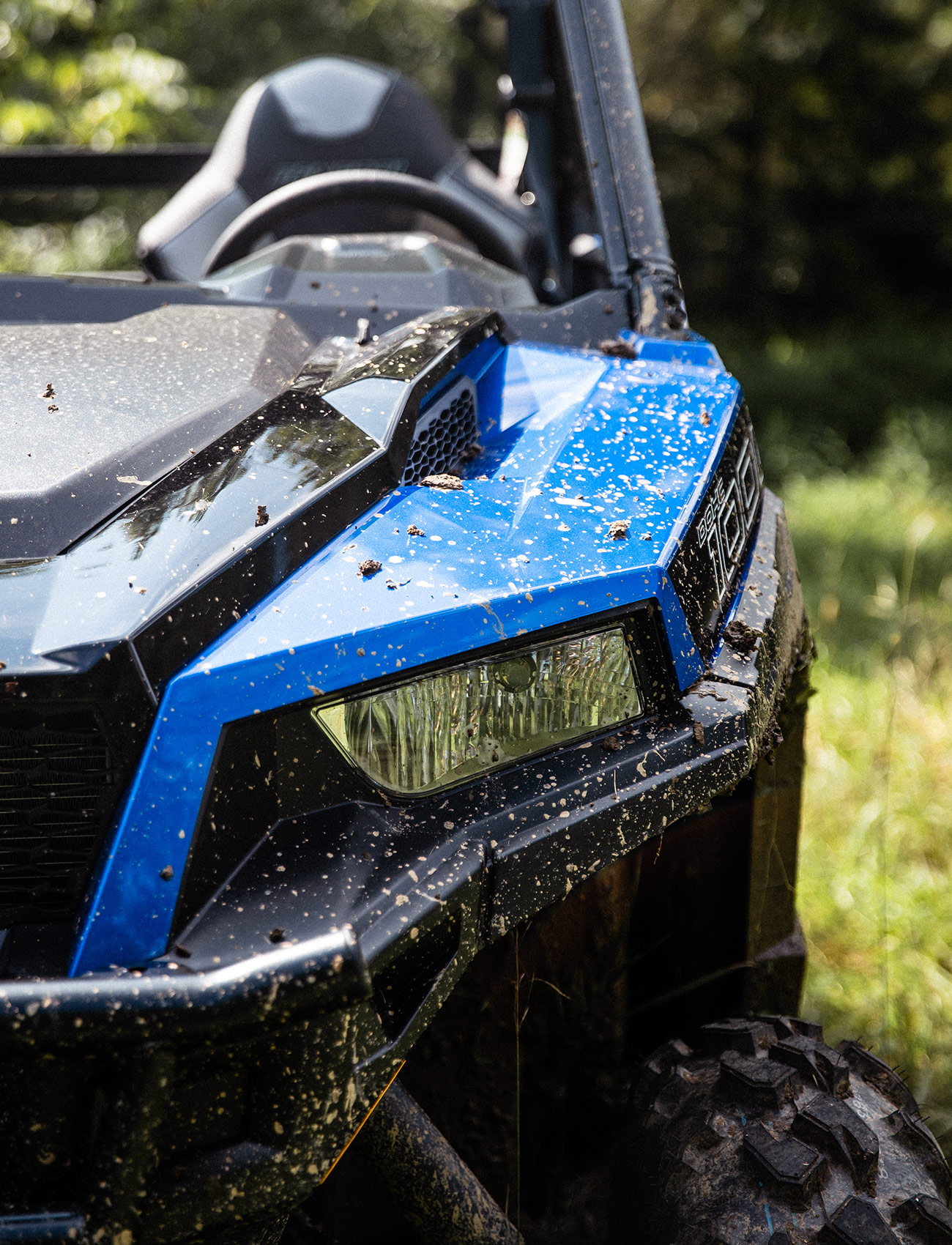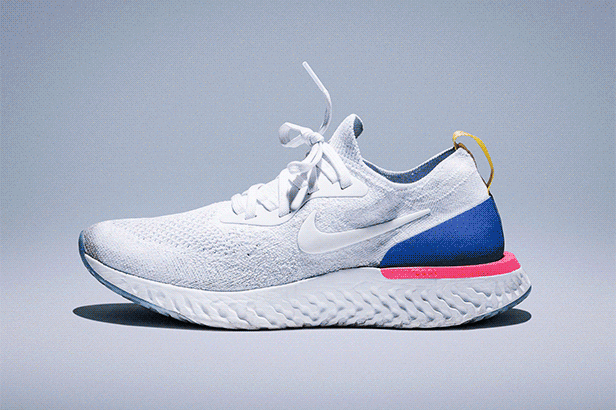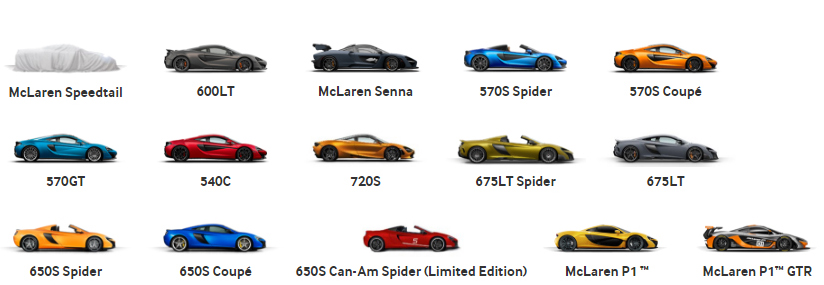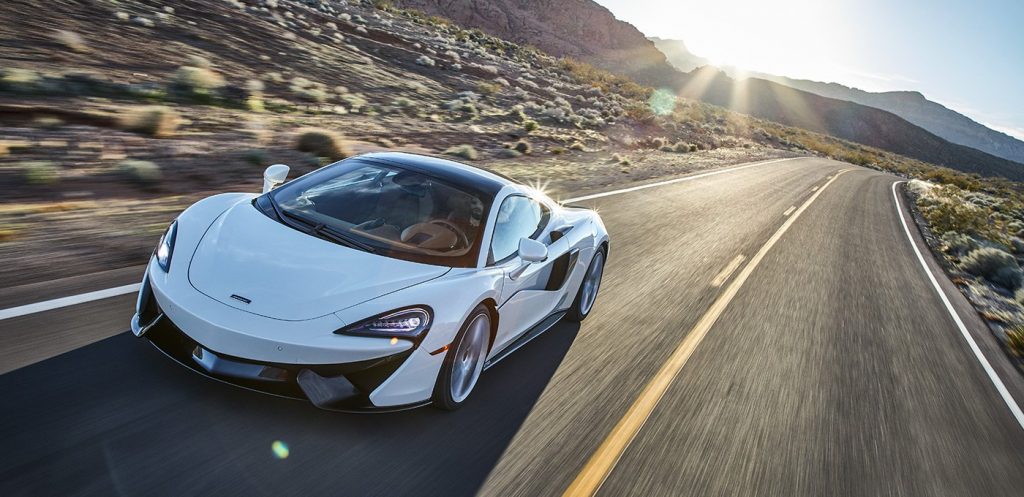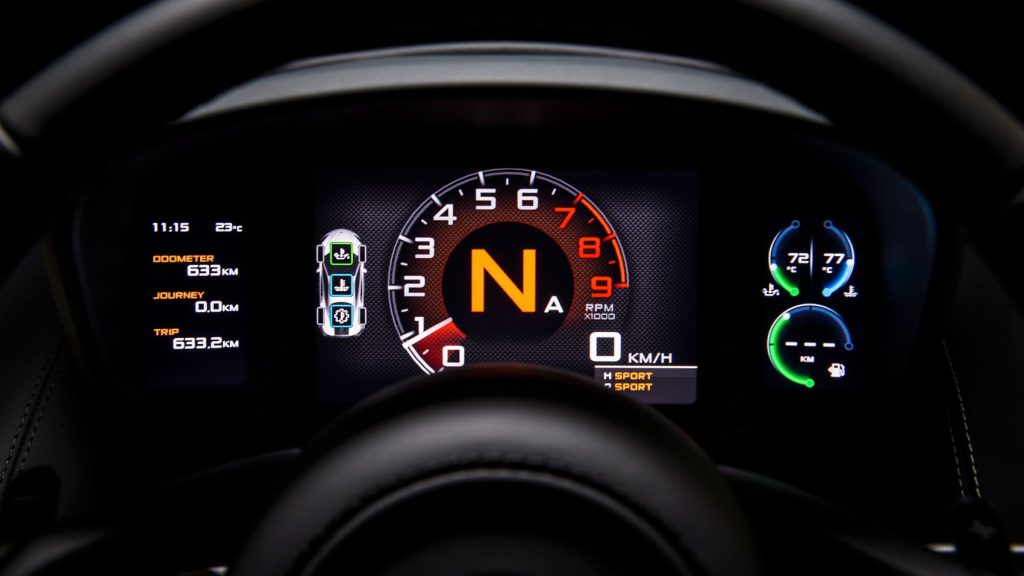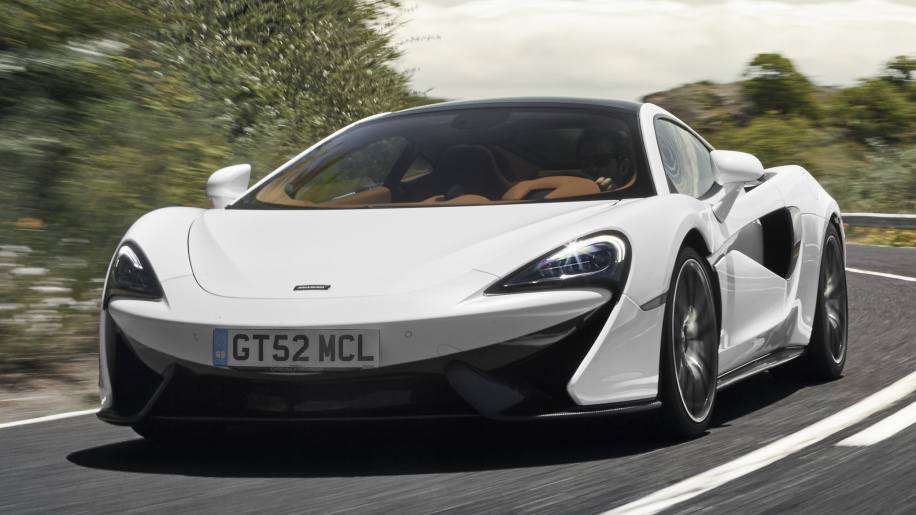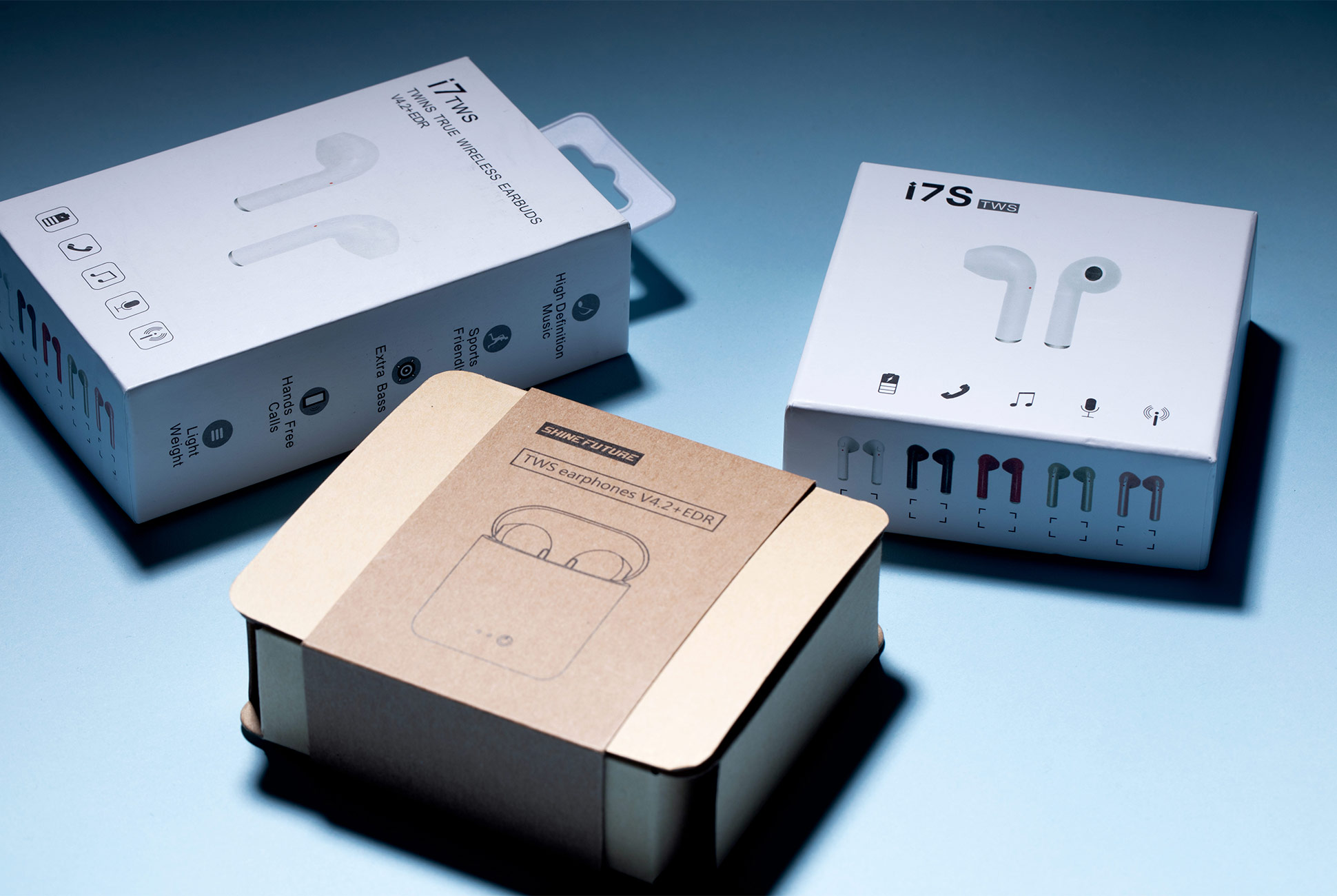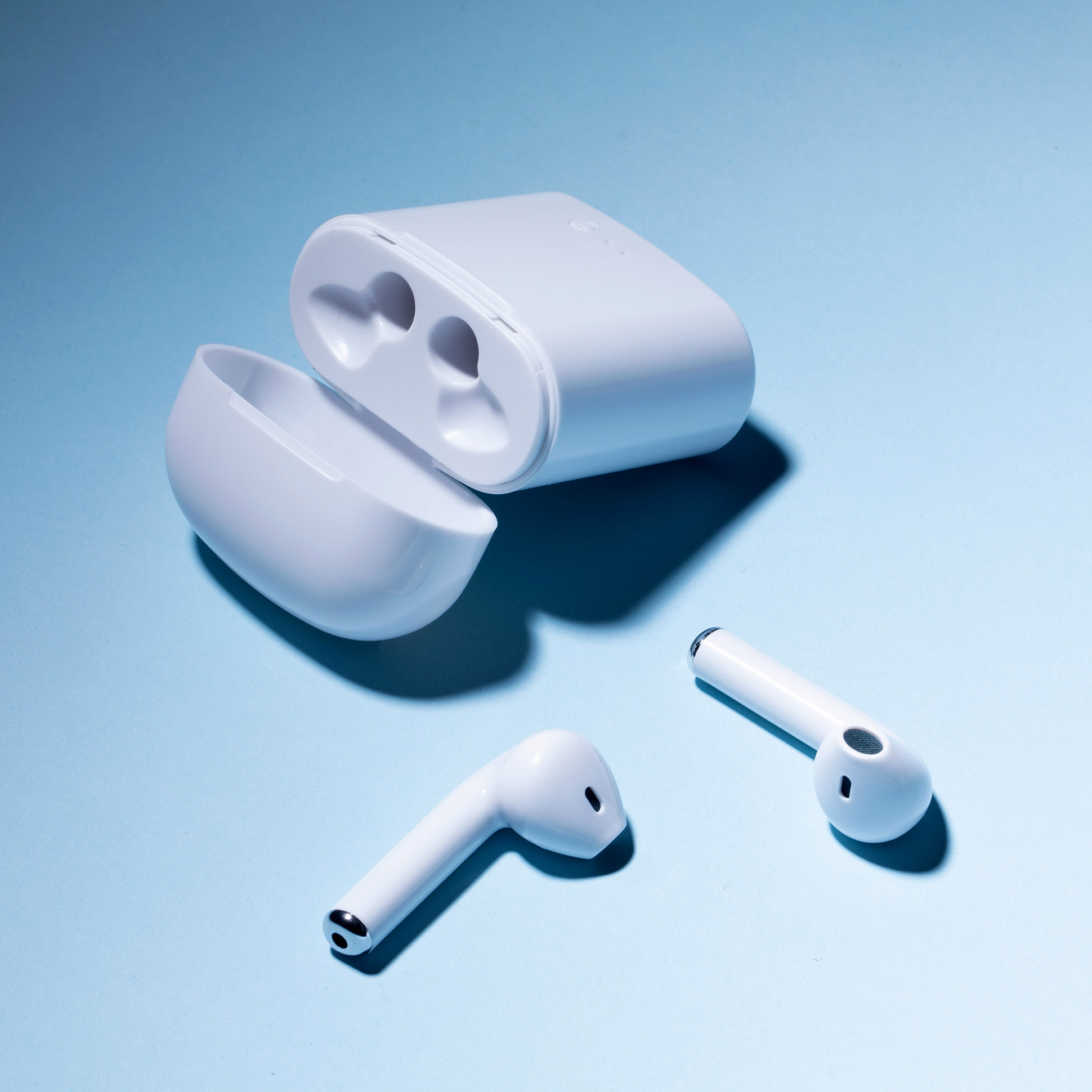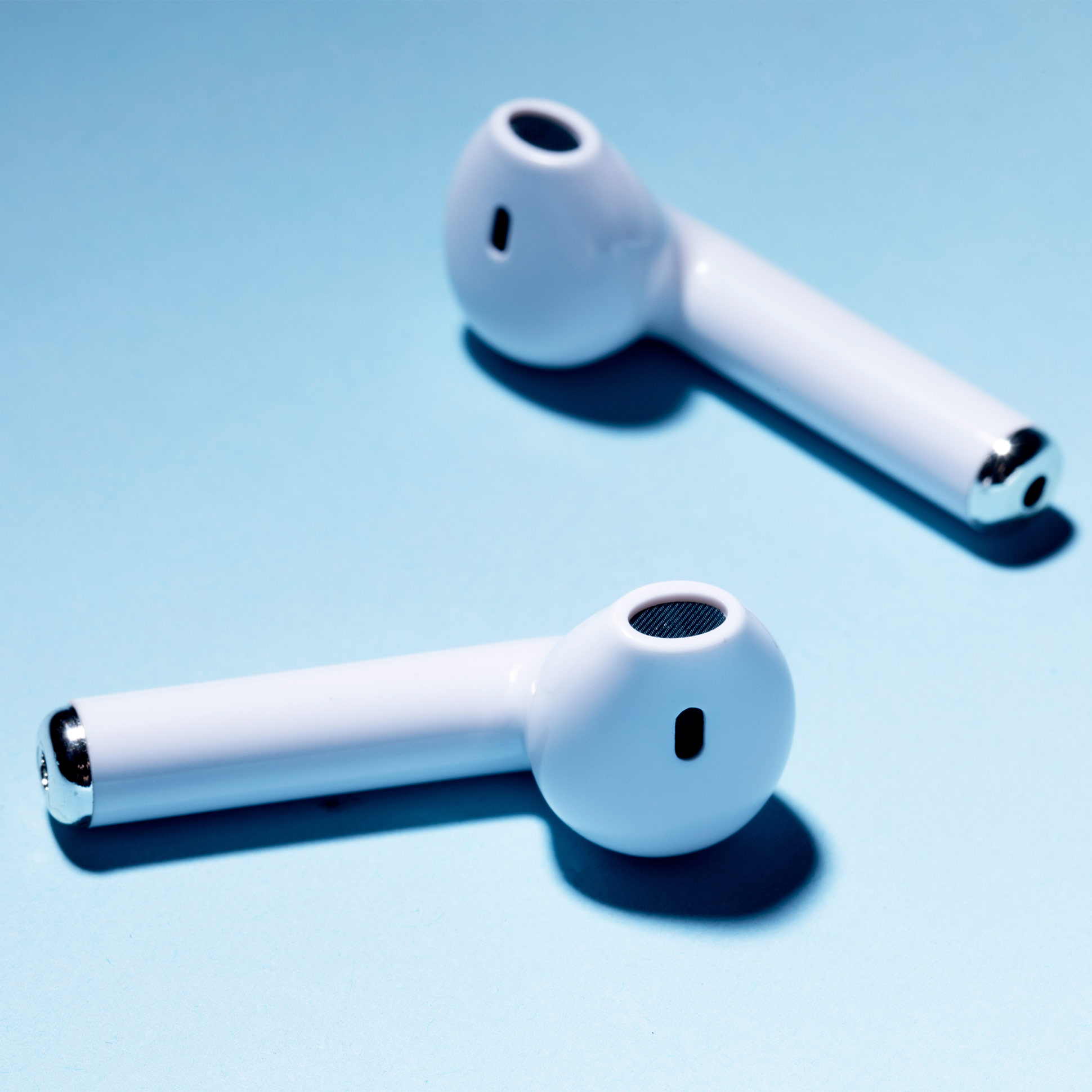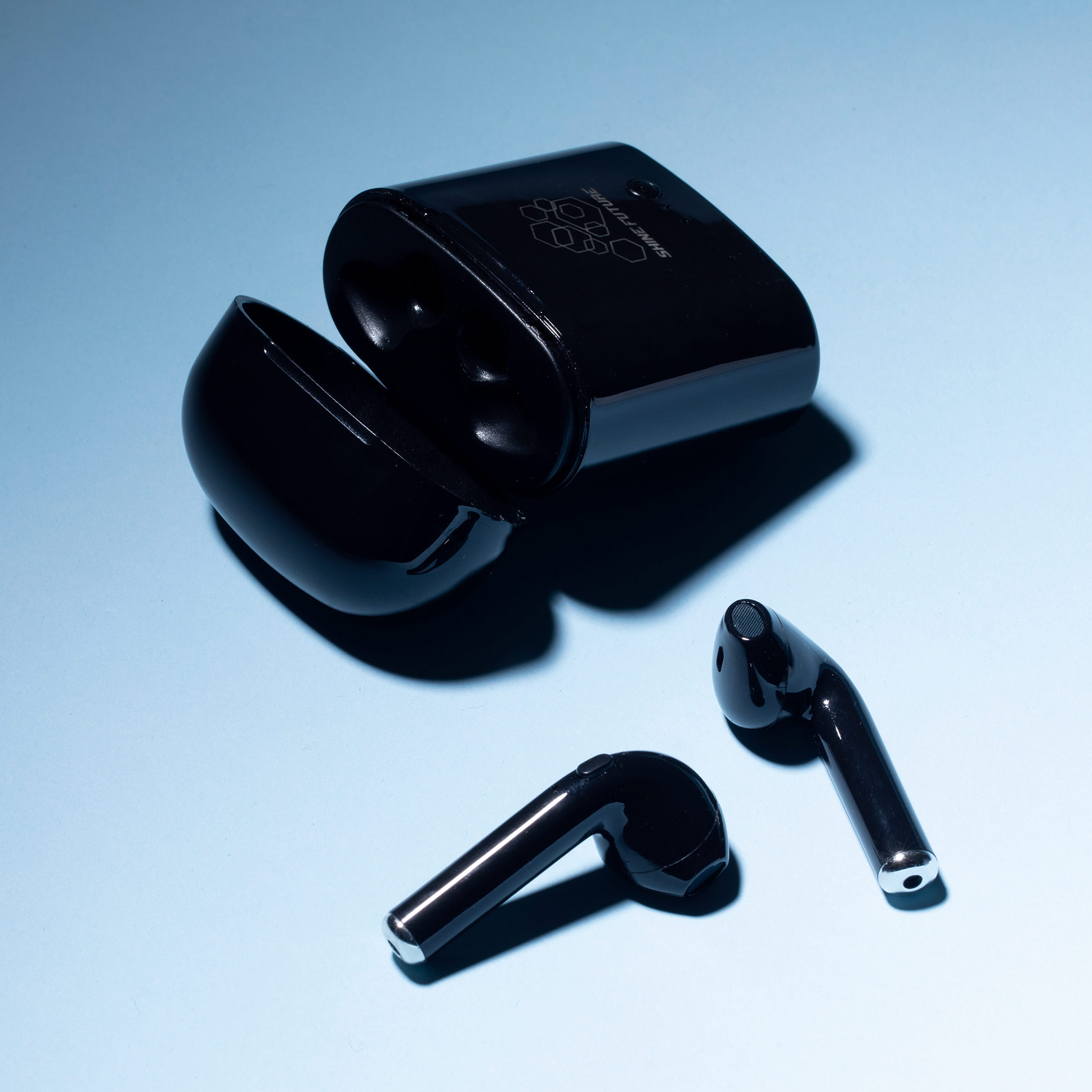Apple took the look and feel of last year’s iPhone X, updated it in a number of key ways, and produced two next-gen smartphones: the iPhone XS ($999+) and iPhone XS Max ($1,099+). The iPhone XS is essentially the same size as year’s iPhone X – both have a 5-inch screen – while the iPhone XS Max has a “Plus-sized” 6.5-inch screen. Besides size, the iPhone XS and iPhone XS Max are virtually identical in terms of specs. And compared to last year’s iPhone X, the iPhone XS and XS Max feature a lot of the expected: a faster processor, a better camera system or a longer-lasting battery. The new models are definitely the best and most advanced iPhones that Apple has created, however, the question is – is that enough for you to upgrade?
Editor’s Note:We had both the iPhone XS and XS Max in the office, however, since they are virtually the same exact iPhones, save for their size, we primarily used the smaller iPhone XS for the purpose of review.
|
The Good: The biggest difference from the iPhone X to the iPhone XS and the iPhone XS is with the cameras. The cameras’ specs might not have changed – you still get 12-megapixel standard lens (f/1.8) and a 12-megapixel telephoto lens (f/2.4 aperture), both with optical image stabilizers and the collective ability to shoot 4K video up to 60 frames per second – but the wide-angle sensor on the iPhone XS and XS Max is actually 32 percent larger and they have an all-around better image processing system, called Smart HDR, which enables the camera to capture a number of photos simultaneously, at different exposures, and then combine them into one high-quality image. Essentially, the iPhone XS and XS Max are able to capture more detailed photos with more contrast.
The iPhone XS and XS Max are decked out with the new A12 Bionic processor which makes them noticeably faster than the iPhone X. They are more energy efficient and thus have a better battery life, too; compared to the iPhone X, the iPhone XS has a battery that lasts roughly 30 minutes longer, while the XS Max lasts a more substantial 90 minutes longer. There are other improvements, which are subtle, such as a stronger and more water-resistant body; dual-SIM support for world travelers or other people who need a secondary phone line; and they have better speakers. Oh yea, and the iPhone XS and XS Max come in gold, which is a first.

Who They’re For: The iPhone XS and XS Max are for anybody who needs the latest and greatest iPhone right when it comes out. Also, if you have an older iPhone 7 Plus or before, you’ll really notice the difference in speed, display and the camera quality of these new iPhones.
Watch Out For: There’s not a lot to “watch out” for, but it’s worth reiterating that the new iPhone XS and XS Max have some striking similarities to the iPhone X. They essentially have the same exact screens.They have the same hand-feel, too, other than the fact that the iPhone Xs Max is obviously larger. The notch is still there and, therefore, the top of the screen can at times feel underutilized. There’s no 3.5mm adapter included in the box this time around, meaning Apple is twisting the knife even further into those who love their analog headphones. And they are, again, very expensive smartphones.
Alternatives: One of the things that went under the radar with the iPhone XS and XS Max, is that Apple also discontinued last year’s iPhone X – you can’t buy new ones (at least from Apple anyway). The iPhone XR is several hundred dollars less expensive and has most of the same features, except for the nicer OLED display and telephoto lens.
Review: It might seem like a little thing, given that Apple’s latest iPhones are so similar to the iPhone X, but the new models offer up a real difference: choice. For the first time in nearly two years (since the iPhone 7 and 7 Plus) you can buy Apple’s flagship iPhone in one of two sizes. This is great for those with small and big hands, or simply those who want to watch Netflix or Hulu on the biggest iPhone screen possible.

As somebody with small hands and who frequently wears slim-fitting jeans, I primarily used the iPhone XS, although I also played around with the iPhone XS Max. The important thing to remind yourself is that they are essentially the same iPhone. True, but iPhone XS Max has a bigger and longer-lasting battery, but the iPhone XS’s battery is no slouch either, and I’m not sure that’ll tip the scales for too many people. It really comes down to whether you want a smaller or bigger iPhone, and if you’re willing to pay extra for the big one.
As mentioned above, the iPhone XS and XS Max are both marked improvements over the iPhone X when it comes to capturing photos and shooting video. Thanks to the upgraded camera sensor and better image processing system, photos look crispier, more colorful and have so much more detail. I was able to take photos of buildings and my friends, facing the sun, and the photos didn’t get blown out. The bright background didn’t bleed into my subject like it did with my iPhone X. And low-light photos were way more usable, more colorful and more detailed. Videos look better in much the same way.
Portrait mode is also improved on the iPhone XS and XS Max. One of the standout differences is that the A12 processor allows these new iPhones to adjust background blur or bokeh afterward, which Samsung’s Galaxy S9/S9+ and Note 9 also are able to do, although working it is easier on the new iPhones.

It’s important to note that the iPhone XS and XS Max definitely have the best cameras that have ever been featured in an iPhone, but that doesn’t mean they feature the best smartphone cameras. The Pixel 2 and 2 XL are still the kings of the smartphone camera world, taking the most accurate, true-to-life photos (and that’s probably only going to get better with the impending launch of the Pixel 3 in early-ish October). I, myself, had been using the Samsung Galaxy Note 9 and, when comparing the two, tended to prefer its photos over the iPhone XS. A key point of difference, however, is that Samsung’s smartphones tend to take more saturated photos, which are pretty but not as accurate as Google’s or Apple ‘s smartphone cameras – which looks best is essentially a matter of preference.
(We’ll have a smartphone camera review in the near future that breaks down the iPhone XS’s and XS Max’s skills compared to their competition. I’ll link to that review when it goes live – here.)
The iPhone XS and XS Max have been upgraded in several other ways, but those improvements probably won’t drastically change how you use the smartphone. The processor is really fast and impressive, and it also will probably allow the iPhone XS and XS to be much better at running advanced apps, such as ones that dabble in AR and VR, but your everyday use – checking email, scrolling through Twitter or Instagram, and sending messages – that’ll be largely unchanged. A colleague and I have actually been using the new iPhones for over a week, me the iPhone XS and him the iPhone XS Max, and we both kind of agreed: they feel pretty darn similar to an iPhone X.
Part of the reason why the two new iPhones feel so similar is that Apple just rolled out iOS 12, which is available on both devices, and so it doesn’t really matter as much if you’re using the iPhone X, XS or XS Max – all going to have the new features, like Screen Time and Group Notifications, and also feel snappier than before.

Verdict: The iPhone XS and XS Max are the most powerful iPhones ever and they’re also the iPhones with by far the best cameras. However, don’t expect it to feel drastically different than an iPhone X. If you have an iPhone X, there are really two reasons why you’d upgrade to these new models. One, if you want a bigger smartphone and thus you’d go for the iPhone XS Max. Or two, you take a ton photos and videos and want the iPhone with the best camera. If you haven’t upgraded from an iPhone 8/8 Plus or before, on the other hand, these new iPhones are an expensive-yet-worthwhile upgrade.
What Others Are Saying:
• “Given the lack of radical design changes, Apple wants you to focus on the camera, and just how good it is. And, well, it is pretty good. All the improvements made to the iPhone’s new processor let you snap HDR — high dynamic range — photos without worrying about shutter lag. It also means your photos will look a lot better in environments adverse to photography. Bright blue skies won’t look washed out, and low-light images will feel more alive and saturated thanks to the camera combining multiple exposures into a single photograph.” — Patrick Lucas Austin, TIME
• “What I find most interesting is that the two things responsible for that step forward — the A12 system (including the same Apple Neural Engine) and the much larger new wide-angle camera sensor — are included in the upcoming iPhone XR, which, for the same amount of storage, costs $250 less than than the XS and $350 less than the XS Max. I suspect there are a lot of people out there who don’t care about the telephoto lens on the XS and who don’t see much if any difference between the XR’s LCD display and the XS’s OLED one who are looking at these prices thinking they must be missing something. They’re not.” — John Gruber, Daring Fireball
• “I would not rush out to spend another $999 on the XS if you have a X, but if you’re already deep into a preorder, don’t worry: you will love the iPhone XS. It is, indeed, more iPhone, and it will probably hold up for years to come. I definitely prefer the Pixel 2’s camera, but the iPhone XS isn’t that far behind, and it’s still a significant improvement over previous iPhones.” — Nilay Patel, The Verge
Key Specs
Size: 5.8-inch (XS), 6.5-inch (XS Max)
Display: Super Retina HD display
Processor: A12 Bionic chip, next-generation Neural Engine
Rear Camera: dual 12MP wide-angle (ƒ/1.8)and telephoto lenses ƒ/2.4; 2x optical zoom; digital zoom up to 10x
Front Camera: 7MP (ƒ/2.2)
Durability: Rated IP68
Capacity: 64GB, 256GB or 512GB
|
Read More Gear Patrol Reviews

Hot takes and in-depth reviews on noteworthy, relevant and interesting products. Read the Story
Note: Purchasing products through our links may earn us a portion of the sale, which supports our editorial team’s mission. Learn more here.





